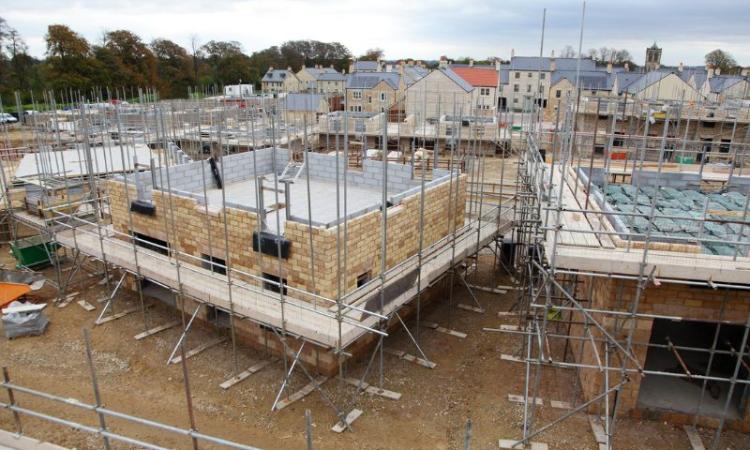In a recent roundtable discussion, Des Sudworth, of Kreston Reeves, joined Tarniah Thompson, Head of Facilities Management & Sustainability at SHW, and Peter Rainier from DMH Stallard Planning to address the growing impact of water neutrality on development.
The focus of the conversation was on whether water neutrality poses an obstacle or presents an opportunity for developers, landowners, asset managers, and local authorities.
While nutrient neutrality has already hindered residential development across many parts of the UK, the government’s drive to reduce water usage and achieve water neutrality remains relatively unnoticed. This initiative will significantly influence development, as seen in Sussex, where the experiences provide a glimpse of what others might face.
Despite the UK’s frequent rain, much of the country experiences water stress, raising concerns about the future availability of water. The Environment Agency has projected that by 2050, an additional 3,435 million litres of water will be required daily to meet public consumption needs.
Natural England’s Position Statement, issued in September 2021, mandates that all developments within the Sussex North Water Supply Zone (SNWSZ) achieve water neutrality. This affects areas such as Horsham, Crawley, parts of Chichester, and the South Downs National Park. Local authorities in these regions have appointed water neutrality officers to enforce this policy through the planning process.
Impact on Development
Water neutrality presents both challenges and opportunities for residential developers. High water usage sites like restaurants, hotels, and pubs offer potential for redevelopment. For instance, converting a pub into three or four homes with water-saving measures can achieve water neutrality. However, these small-scale projects do little to address the broader housing needs.
Larger developments face more significant hurdles. Developers must first assess the water usage of their proposed sites and implement substantial water-saving measures to reduce household water use from the typical 110 litres per person per day to just 70 or 80 litres. Even this may not suffice to meet the stringent requirements of water neutrality.
Landowners with independent water sources, such as underground aquifers, find themselves in a valuable position, with developers approaching them for water extraction and development opportunities.
Collaboration and Innovation
To navigate these challenges, developers are exploring collaborations with high water usage property asset owners, including social housing schemes, schools, healthcare providers, and industrial managers. By funding water-saving measures, developers can generate 'water credits' to offset their projects. This approach, however, requires a 30-year commitment to maintaining these water-saving measures.
Asset owners remain cautious about the long-term implications of these commitments. Questions about the impact on future expansions or the sale value of properties with water restrictions linger. The water credit scheme initiated by local authorities in West Sussex is not expected to be operational until late 2024.
Currently, partnering with social housing providers has been the most straightforward route for developers. Implementing water-saving measures across social housing schemes in exchange for housing allocations allows developers to bypass the need for water credits.
Political Implications
Water neutrality is poised to become a significant political issue in housing delivery. It underscores the urgent need for additional reservoir capacity, although realising this within a functioning planning regime could take decades. The political landscape's volatility may delay the necessary tough decisions, leaving landowners, developers, local planning authorities, and homebuyers to bear the brunt of water usage challenges.
While water neutrality introduces a new set of challenges for developers, it also offers innovative opportunities for those willing to adapt and collaborate. As the UK grapples with its water usage and the impending impacts of climate change, the balance between development and sustainability will be crucial in shaping the future of housing.

